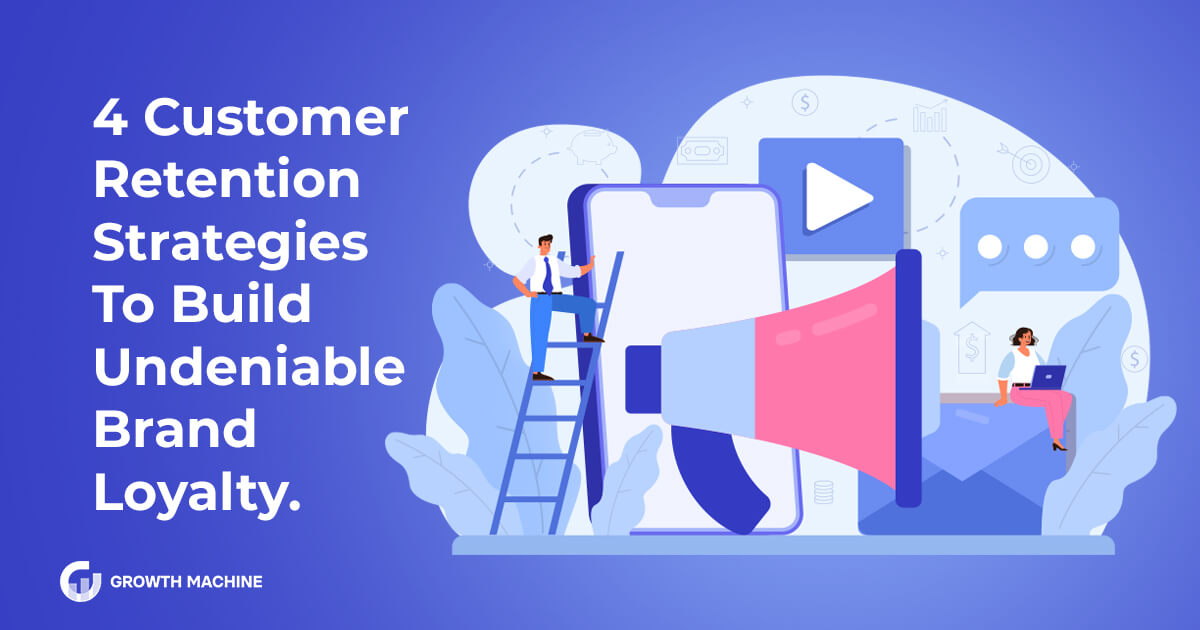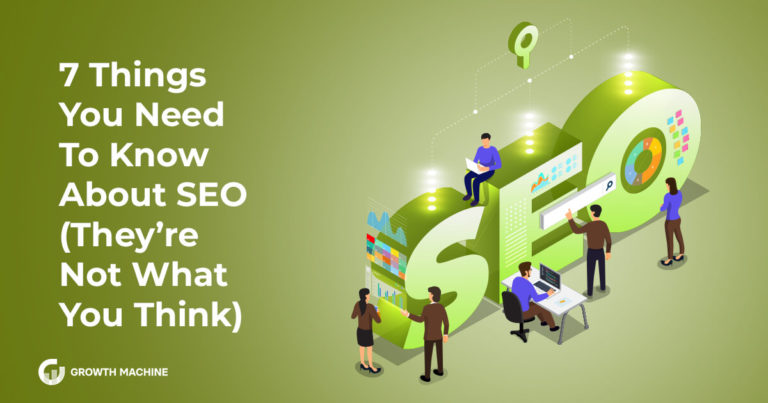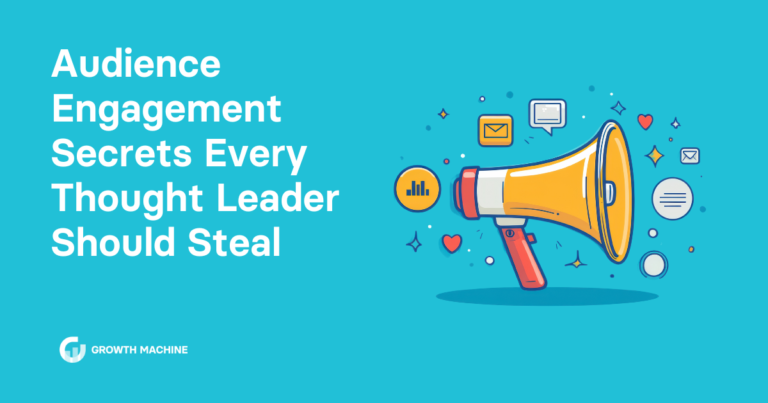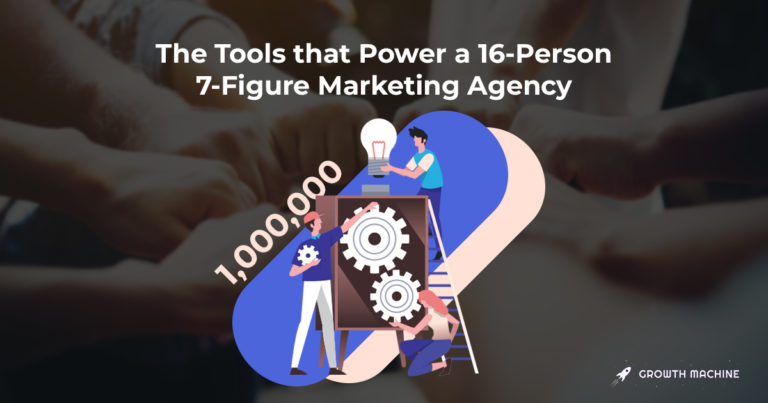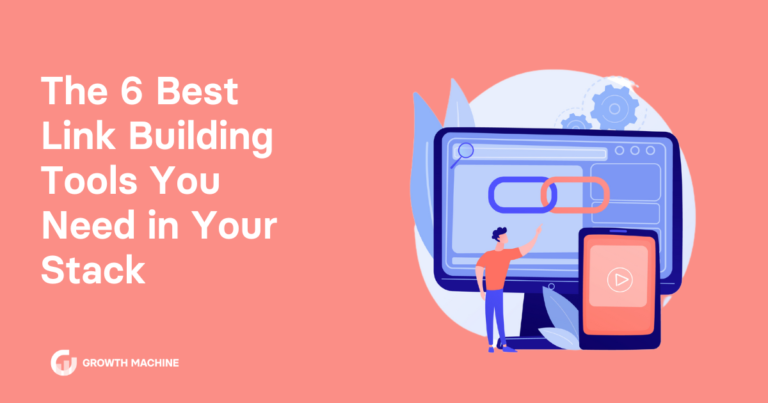4 Customer Retention Strategies To Build Undeniable Brand Loyalty
What’s more important: customer acquisition or customer retention?
This is one of the most heavily debated questions among content marketers. And if you were to ask Kristen LaFrance to weigh in, her answer would be clear: Customer retention creates predictable, recurring revenue for the company — and therefore is far more valuable than a new customer who makes a one-time purchase.
Kristen, who is Head of Resilient Retail for Shopify, believes the best customer retention strategies are those that create real human connection. In fact, Kristen argues that deep-rooted customer loyalty is the only way small businesses can compete with large conglomerates like Amazon (who will always win on price and convenience).
But how does a brand build loyal, predictable, and recurring customers? How does a company spark real conversations and provide meaningful incentives that could increase customer retention? Kristen argues that discounts, referral programs, and loyalty programs will only take you so far — instead, you need to build a brand experience that makes your customers feel connected with your company.
On episode #26 of the Growth Machine Marketing Podcast, Kristen shares how to improve customer retention through an optimized customer experience. Keep reading to see Kristen’s favorite real-world examples on customer support, how small businesses can boost profitability and reduce customer churn during the pandemic, and why content plays a vital role in improving your customer retention rate.
Customer Loyalty and Retention: 4 Strategies
What makes a customer choose you over one of your other larger competitors?
While customer retention is certainly not a new concept, the COVID-19 pandemic shed new light on the topic. At Shopify, Kristen witnessed small businesses suddenly trying to compete for online sales with Amazon. As Kristen noted throughout the episode, independent shops will never be able to beat these mega retailers at price or convenience. They could, however, beat Amazon at customer relationships.
To build a brand experience your existing customers will rally around, keep the following customer retention strategies in mind.
1. Remember That Every Piece of Content Is a Customer Touch Point
Consumers want to feel a personal connection to your brand. To transform one-time connections into ironclad customer loyalty, your company needs to be hyper-aware of every conversation, across every channel, to every single one of your customers. Believe it or not, content is one of those “conversations.”
Kristen advises that companies stop thinking about the word “content” and start thinking about the phrase “touch points.” Use blog articles to attract loyal customers, not just readers. Every support team interaction, e-commerce blast, social media marketing campaign or messaging exchange, or YouTube video is also a touch point between brand and consumer. The more you can exceed customer expectations at every touch point, the better your chances at retaining a single customer.
Look for unique ways to create unforgettable customer experiences at every touch point. For example, Kristen recently placed an order with an online retailer who donates a blanket to a person in need for every blanket sold.
When Kristen received her order, she was surprised to see a checklist of toiletries and other essentials inside. The checklist encouraged Kristen to reuse the cardboard shipping box by filling it with necessities and giving it to the next homeless person she passed by on the street.
This checklist created a memorable touch point between the brand (the blanket company) and the consumer (Kristen). If that essentials checklist wasn’t written, Kristen would have tossed the box in the recycling bin, resulting in a lost connection between brand and consumer.
To start building better brand loyalty, revisit every content channel in your arsenal. Are you missing any potential consumer touch points? For example, at Growth Machine, we have our social media channels, several targeted email marketing automation sequences, internal conversations and workflows between editors and clients, a client onboarding process, a podcast, a blog, case studies, and an email newsletter, giving us numerous opportunities to create memorable experiences between our audience and our company.
2. Create a VIP-Level Membership Program
Creating subscription programs is one of the best ways to establish recurring revenue and increase the lifetime value of a customer. However, to improve your customer retention rate, subscriptions should offer much more than the convenience of a repeat purchase. The goal of a membership program isn’t just to reduce your churn rate, but to invest in deeper connections between your brand and customer, starting from the very first purchase.
When executed correctly, loyalty programs create raving fans that provide free word-of-mouth marketing. Over time, this can positively impact your bottom line by improving customer retention and income predictability, and organically generating opportunities to upsell and/or cross-sell to retained subscribers, rather than having to invest in the far less cost-effective practice of cultivating new customers more frequently.
Kristen encourages retailers to elevate their subscription offerings from a straightforward rewards program into a VIP-level, white-glove membership program. Entice loyal customers to purchase a subscription to gain members-only community access to limited content, new product previews, or special promotions.
For example, if you own a local fitness studio, you could allow VIP members to sign up for classes two hours before non-members. Or, if you own an independent candle shop, you could mail new scents and samples to membership holders at the beginning of every month.
Regardless of what category you’re in, establishing a customer loyalty program that delights your core customers (or, better yet, exemplifies how well your brand understands its customers’ needs by alleviating one of their pain points, like early-access sign-ups mentioned above).
On a previous episode of the Growth Machine Marketing Podcast, we witnessed Corey Haines create an exclusive membership site for other content marketers. As the owner of SwipeFiles.co, Corey created a curated library of detailed marketing examples — available only to those who purchased a Swipe Files membership. While Corey continued to offer free content to his email list and social media audience, his best and most exclusive work was stored in a members-only area.
3. Create a Brand Experience
Tactical customer retention strategies — like loyalty programs, customer surveys, and special offers — will help retain customers, but only to an extent. According to Kristen, true customer loyalty is built through a branded experience.
Kristen notes that BarkBox, the dog toy subscription service, recently went public due to capitalizing on memorable brand experiences. According to Kristen, there’s very little need to receive dog toys in the mail every month — but BarkBox made receiving those packages so fun, fur parents couldn’t live without it. Through fun packaging, unique products, and viral at-home videos, BarkBox transformed something ordinary (opening a cardboard box) into something worth remembering — which will keep customers coming back for years to come.
Similarly, the brand lore of Zappos offers dozens of examples of how they establish and uphold a unique and rewarding brand experience for every customer, from a proactive replacement of an important pair of shoes sent to the wrong address, to sending a bouquet of flowers to a customer who had undergone a medical procedure. But not every Zappos customer service story is that extreme. Mostly they’re known for their responsive and empowered agents who can provide a personalized experience and solve problems without wasting your time — and they have the testimonials to prove it.
Where could you insert a memorable experience, thereby increasing your customer lifetime value? Could you light candles at your local shop to create a branded smell when customers walk through the door? If you’re a clothing retailer, could you include a handwritten note when you ship packages to your most loyal customers? Or, if you sell craft coffee, could you include recipe cards for mocha lattes or other fun drinks with each shipment?
4. Build a Customer Feedback Loop
Don’t try to guess what your customers love about your brand experience. Instead, allow your current customers to lead the way in revising your customer retention strategy, providing first-hand feedback on what works and what doesn’t.
You can measure customer engagement and decrease churn by utilizing regular customer satisfaction surveys, sending follow-up emails, fielding customer complaints, or asking for reviews post-checkout. However, Kristen argues that customer feedback doesn’t even have to be a formal (or automated) exchange.
In fact, Kristen believes that brick-and-mortar businesses carry a competitive edge over digitally native brands in that they witness consumers interacting with their brand first-hand.
For example, brick-and-mortar businesses have a better understanding of the demographics and psychographics of their customer base, without having to ask, and know which sections of the store consumers shop first, how they might style an outfit, or which questions they ask sales associates. These interactions should directly influence your marketing strategy, product descriptions, website user experience, and other online features.
Generating these first-hand conversations is actually one of the main reasons we started the Growth Machine Marketing Podcast. By engaging in regular conversations about content marketing with other content marketers, we expand our knowledge base to better serve Growth Machine clients. In addition, it allows us to carry these conversations into written pieces of content, such as social captions and blog posts.
Web-based businesses benefit from the amount of customer data they are able to accumulate about their customers’ behavior, but they miss out on access to invaluable context around the customer journey – not to mention opportunities to effectively measure customer loyalty — by not creating frequent opportunities to hear from the customers themselves.
Customer Retention Starts and Ends With Your Brand Experience
Customer retention programs are the backbone of a scaling business. While many business owners can easily get lost in attracting first-time buyers, repeat customers will always carry more weight. They make recurring purchases, send referrals, and increase word-of-mouth marketing for your brand.
Building a successful customer retention strategy takes more than a few discount codes or online sales. Instead, to build a loyal customer base, you should take a hard look at your content ecosystem and customer life cycle, ensuring that every brand touch point is a memorable, joyful one. In addition, allow your existing consumers to drive your retention strategy, asking for feedback on a regular basis.
Every piece of content you write is part of your branded experience — from long-form blog posts to the copy on your website. To learn how to devise acontent strategy that attracts loyal customers, sign up for our free email series where we share our tried-and-true strategies for growing sites from 0 to 100,000 visitors and beyond.

